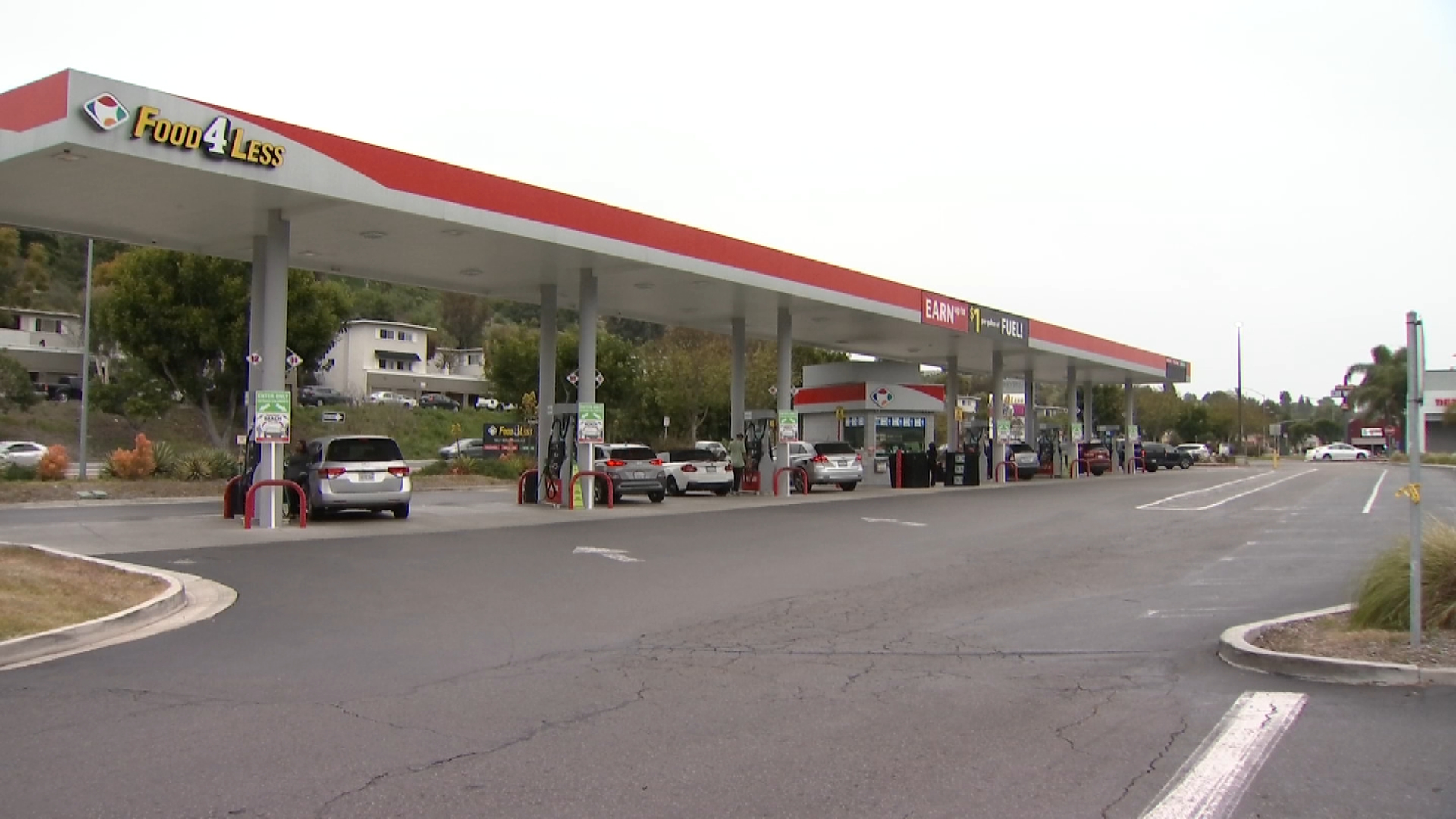More than 12 million Americans adopted pets during the pandemic and now those pets need check-ups and booster shots but getting an appointment may not be as easy as it used to be. Veterinarians are scrambling to meet the demand, but some are telling NBC 7 it led to longer wait times and other workflow adjustments.
“We’re significantly busier than we have been,” said Dr. Ben Singh, the owner of Aviara Animal Health Center in Carlsbad. Singh has owned the practice for 11 years and has seen continuous growth, but nothing like what he’s seen since the pandemic began.
“When the pandemic started last March we intended to be slower. We had prepared for that,” said Singh. Initially, his practice was only seeing emergencies and urgent cases, since some specialty hospitals had closed or were overwhelmed with patients.
Eventually, Aviara began scheduling pets for wellness visits and found that they were busy beyond their expectations.
Get San Diego local news, weather forecasts, sports and lifestyle stories to your inbox. Sign up for NBC San Diego newsletters.
Then came the “pandemic puppies and kittens”.
More than 12-million Americans adopted pets during the pandemic and that’s when visits to veterinarians spiked. Aviara added about 20% more patients to its already full appointment schedule.
“We’re grateful to be open and we’re thankful each day but we are, you know, we’re pretty tired from the experience,” said Singh.
Local
The growth in demand for veterinary services comes at a time when there’s a shortage of qualified veterinary workers. The Bureau of Labor Statistics predicts veterinary positions will rise by 16% by 2029. Vet tech jobs are expected to increase by even more.
There are other factors at play, according to the American Veterinary Medical Association, which says wait times were slightly longer in 2020, but that things are now leveling off. The increase in business activity at your local vet now is driven by cyclical and temporary factors, which a spokesman for AVMA says may include:
- People spending more time at home and paying closer attention to their pets.
- People not spending money on things like travel or dining out, and as a result, may have more money for veterinary care.
- Productivity issues specific to the pandemic. Average visits took longer because of changes to routine, such as curbside drop-off and increased cleanings of exam rooms between visits.
- Potential lumping of visits last year that could lead to cyclical annual peaks in demand. That is, following a huge decrease in visits in March-April 2020 due to COVID lockdowns, we saw a spike in visits in May-July. We may be seeing that spike echoed in annual visits that are happening now.
Whatever the reasons, a handful of local veterinarians contacted by NBC 7 all said they’re busier than ever, and they’re asking pet owners to be patient as they try to provide the best possible care.
“It’s a good problem to have,” said Singh. “Clients really rely on us, and we try to be there for them.”



